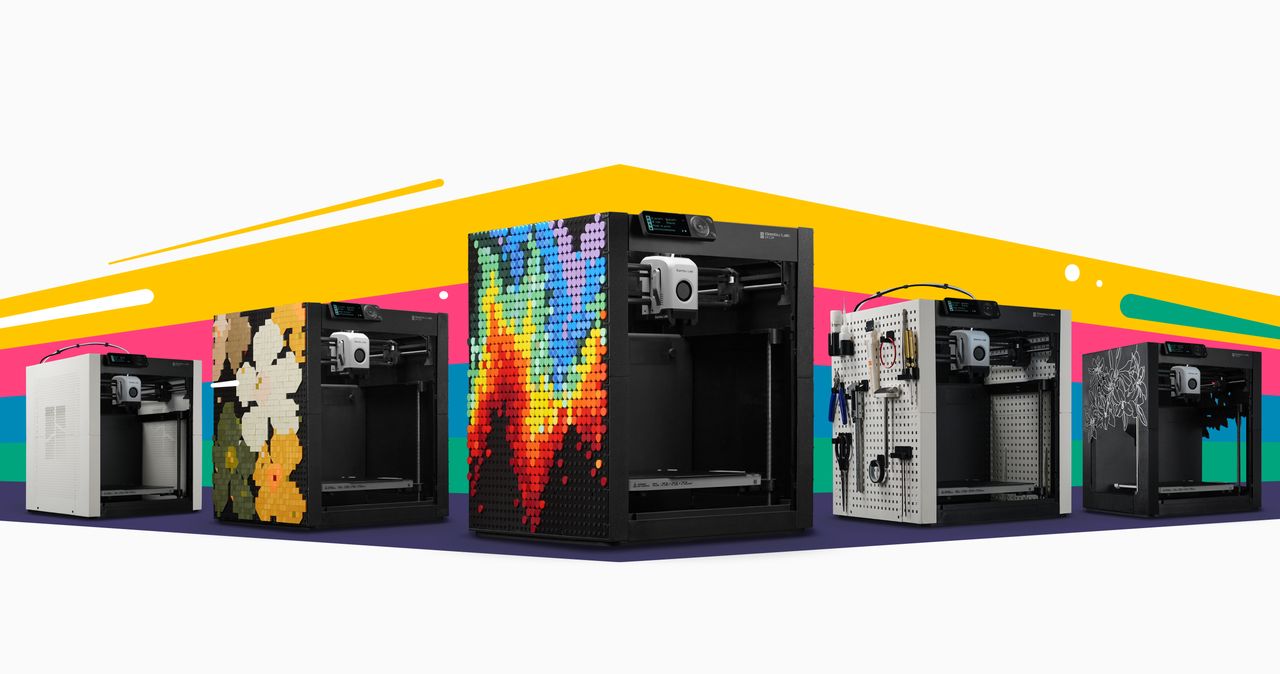
Could desktop 3D printers become less upgradeable in the future?
For years, the world of desktop 3D printing has been fueled by the innovation and creativity of the DIY community. The ability to upgrade and customize desktop 3D printers has been a cornerstone of their appeal, allowing hobbyists and professionals alike to experiment with new technologies and add-ons, ultimately pushing the boundaries of what these machines can do.
This group was the initial market for desktop 3D printers due to their interest in and ability to handle hardware & software. That group still makes heavy use of 3D printers today, often focusing on upgrades that increase print speed or add useful function. For example, many operators participate in the “Speedboat Challenge”, where entrants attempt to print a competent #3DBenchy 3D model as fast as possible. Currently, the top entries take less than five minutes to complete.
However, recent advancements in 3D printing technology may be signaling a shift in this dynamic, as the era of easily upgradeable desktop 3D printers could be coming to an end.
One of the driving factors behind this hypothesis is the increased print speed achieved by recently released 3D printers. These impressive gains have been made possible through extremely precise tuning and design. An example of this can be seen in Bambu Lab’s P1P, a high speed 3D printer available at low cost.
Bambu Lab achieved their speed advantage through the use of very specific components and software tweaks that pulled the best performance out of the hardware.
As 3D printing technology continues to advance, it could become increasingly difficult for DIY enthusiasts to achieve the same level of precision and performance offered by commercial machines.
The precision required to optimize print speed, accuracy, and surface finish is quickly becoming a complex balancing act that demands expert engineering and careful calibration.
Bambu Lab’s products could be a signal of what is to come: very high speed desktop 3D printers that use proprietary hardware and software. These are difficult to upgrade because tweaks could upset the delicate balance of hardware and software the produced the higher speed printing capability.
As the gap widens between commercially produced desktop 3D printers and DIY upgrades, it is becoming plausible that the days of easy, at-home improvements may be numbered.
Imagine a day in the future when a low cost desktop 3D printer is available that prints faster than one could easily make on one’s own. Would it be worth attempting to build a DIY 3D printers, or easier and more effective to just buy one at a very low cost?
This is analogous to the world of 2D printing we see today: it’s straightforward to buy a desktop 2D printer that produces excellent photo-quality output, but you will almost never see someone trying to build their own 2D printer.
Could that scenario emerge in the desktop 3D printing world? Is Bambu Lab a glimpse at what the future may hold for the desktop 3D printing industry?
Another contributing factor is the steady incorporation of innovative add-ons into commercial desktop 3D printer offerings. As manufacturers become more aware of the value these upgrades provide, they are increasingly integrating them into their products. This trend is gradually reducing the opportunities for DIY operators to improve their machines, as more of these enhancements become standard features.
For example, WiFi connectivity, 32-bit controllers, and filament detection systems, once popular DIY upgrades, are now commonly found in many commercially available desktop 3D printers. As manufacturers continue to incorporate these innovations into their machines, the room for further improvement by DIY operators shrinks.
While this may seem like a negative development for the DIY community, it is important to consider the broader implications. The incorporation of these advanced features and the increasingly precise design of desktop 3D printers ultimately benefits the entire industry by raising the bar for performance and quality. This evolution pushes manufacturers to continually innovate and improve their offerings, leading to more reliable, user-friendly, less costly and efficient 3D printers for everyone.
Despite these changes, the DIY community is unlikely to disappear entirely. The spirit of innovation and experimentation will persist as hobbyists and professionals continue to explore the boundaries of 3D printing technology. However, the focus may shift from upgrading existing machines to developing entirely new concepts and technologies, driving the industry forward in new and exciting directions.
The era of easily upgradeable desktop 3D printers could very well drawing to a close in coming years, but the spirit of innovation that has fueled the industry thus far is far from over. As the landscape evolves, we can look forward to continued advancements in 3D printing technology, driven by both commercial manufacturers and the dedicated DIY community.

Coff coff Voron coff coff
My goal has been to be able to make functional parts for projects, not to toy with printers.
Before now, 3d printers all had flaws and issues that required tinkering with the printer and the part design to approach this goal.
Our Bambu X1 has changed that radically.
Now we do not hesitate to print parts as we develop them, and our refinement process is much more recursive since we have no issues with the printer itself and it’s performance.
The printer has changed from a project to a reliable appliance.
Why would we want to screw with it?